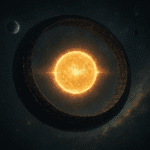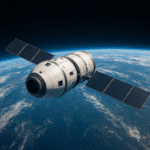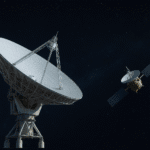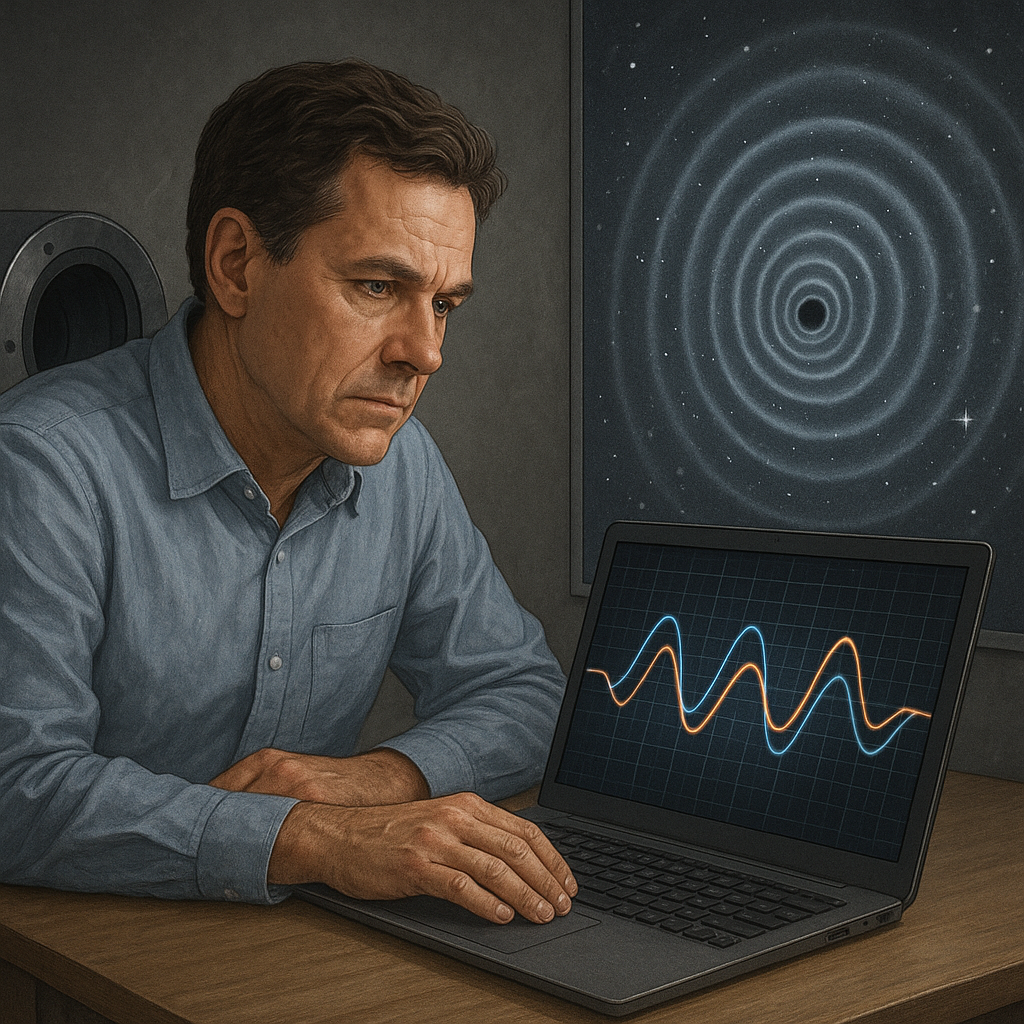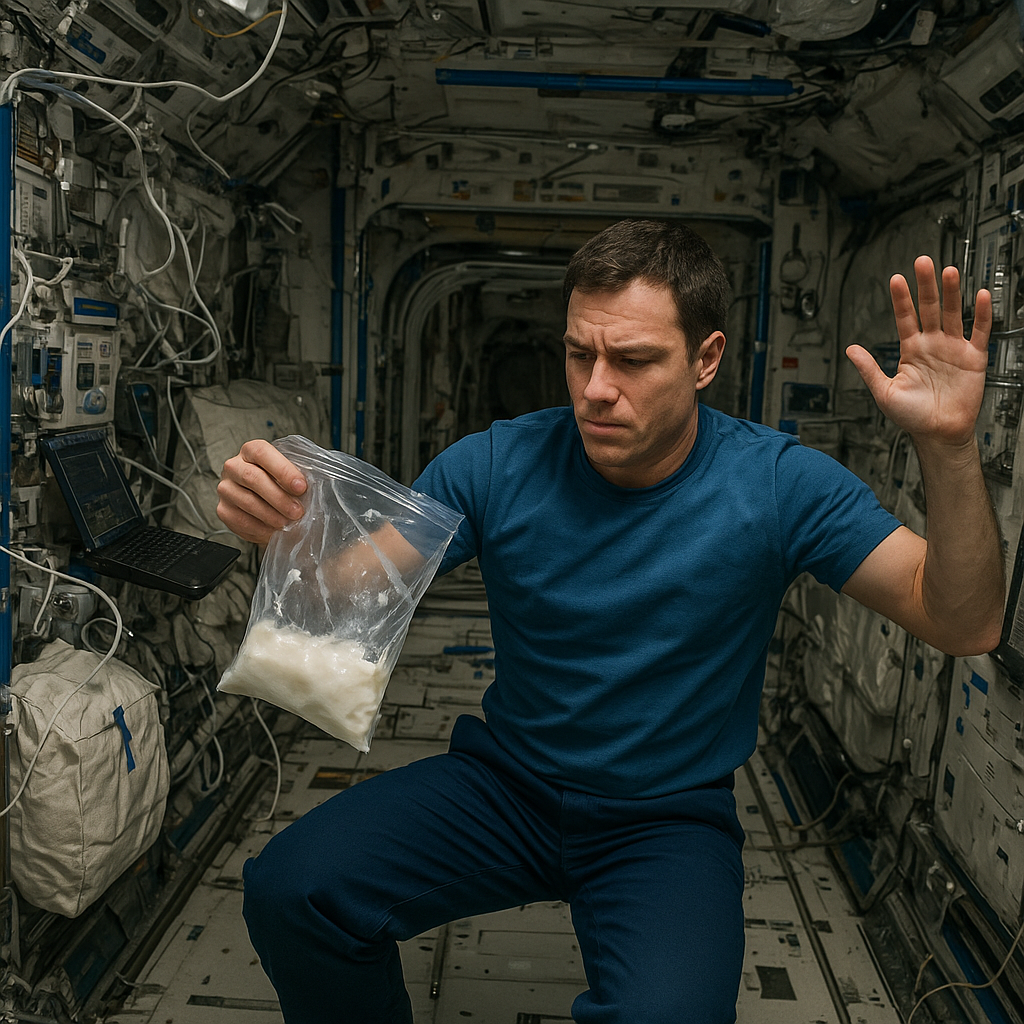From the moment a swirling cloud of gas and dust began to contract under the pull of gravity, collisions have played a defining role in shaping our Solar System’s destiny. Every world and every orbit has been sculpted by impacts between wandering bodies—tiny dust grains coalescing into planetesimals, proto-planets smashing together to form the terrestrial worlds, and giant objects sending shockwaves across the inner system. In this exploration, we unveil how cosmic violence drove the birth of planets, forged the Moon, and set the stage for life on Earth.
Primordial Collisions and Planetary Accretion
In the early Solar Nebula, dust grains collided gently at first, sticking together through electrostatic forces to form pebbles and, eventually, kilometer‐sized planetesimals. As these building blocks grew, their mutual gravity accelerated encounters. Larger bodies swept up smaller ones, a runaway process known as accretion. Around 4.6 billion years ago, countless collisions turned planetesimals into planetary embryos. Some key aspects include:
- Sticking Threshold: Below a few meters in size, particles adhered easily. Above that, collisions risked fragmentation rather than growth.
- Oligarchic Growth: A few massive embryos dominated their local zones, clearing nearby material and competing for mass.
- Dynamic Friction: Smaller objects lost speed in encounters with larger proto-planets, dampening eccentricities and inclinations to promote further mergers.
These tumultuous interactions determined the mass, composition, and final orbits of the major planets. Rocky worlds emerged in the hot inner disk, while icy giants assembled further out, capturing vast gas envelopes in rapid impacts that provided enough energy to heat and differentiate their interiors.
The Moon’s Violent Birth
One of the most transformative events in the inner Solar System was the giant impact believed to have created our Moon. A Mars-sized body, often called Theia, struck the proto-Earth at a glancing angle. This monumental collision released tremendous energy:
- Plume Formation: Impact ejected molten rock into orbit, forming a hot debris disk.
- Magma Ocean: Both Earth and the material destined to become the Moon were largely molten, allowing chemical equilibration and explaining isotopic similarities.
- Angular Momentum: The impact set Earth’s rapid spin and the Moon’s initial close orbit, later receding due to tidal interactions.
The resulting Moon helped stabilize Earth’s axial tilt, fostering a relatively stable climate. The intense heating and melting also played a crucial role in stripping volatile elements and setting the stage for Earth’s later geological activity.
Late Heavy Bombardment and Early Earth Environment
About 3.9 billion years ago, a sudden surge of impacts—the cataclysm known as the Late Heavy Bombardment (LHB)—rained debris onto the terrestrial worlds. Evidence found in lunar craters and isotopic ages of impact melts points to a spike in frequency and size of collisions:
- Large basins like Imbrium and Orientale formed on the Moon, and Earth suffered frequent high-energy strikes.
- Repeated melting events may have recycled crustal materials and impacted the earliest crust and oceans.
- Possible delivery of organic compounds and comet-borne water, seeding Earth’s surface with ingredients for life.
While harsh, this period may have been instrumental in resetting prebiotic chemistry. Impact-generated hydrothermal systems could have provided niches where complex molecules assembled. Thus, the bombardment’s dual nature—destructive yet creative—set constraints on when and how life first emerged.
Shaping Planetary Morphology and Atmospheres
Collisions didn’t end with planet formation. Throughout Solar System history, impacts have continued to remodel surfaces and alter atmospheres. Key examples:
- Mercury’s Massive Strike: A giant impact likely stripped much of Mercury’s original mantle, leaving an oversized core and thin silicate shell.
- Venusian Greenhouse: Repeated impacts may have released volatiles, fueling a runaway greenhouse effect that created Venus’s crushing atmosphere.
- Mars’s Boreal Ocean: Large basins like Hellas and Isidis hint at ancient water, possibly excavated and modified by asteroid collisions.
On the icy moons of the outer planets, collisions trigger outgassing and resurfacing: crater chains on Callisto, basins flooded with subsurface oceans on Ganymede, and enigmatic “spider” patterns on Europa. In all cases, impact energy influences thermal evolution, tectonics, and potential habitability.
Ongoing Impacts in the Modern Solar System
Even today, Earth and its neighbors endure impacts from asteroid fragments and meteoroids. While most burn up in atmospheres, larger objects pose genuine hazards. Recent events:
- 2013 Chelyabinsk Event: A ~20-meter meteoroid exploded over Russia, releasing energy equivalent to dozens of atomic bombs.
- 2018 NASA’s DART Mission: The first planetary defense test aimed to redirect an asteroid through a controlled impact.
- Regolith Gardening: Continuous micrometeorite bombardment shapes lunar and asteroid surfaces, mixing layers and modifying reflectivity.
Studying modern impacts helps refine risk assessments and informs mitigation strategies. Space missions to near-Earth objects also reveal composition details, improving our understanding of early accretion and the distribution of volatiles across the system.
Future Prospects and Cosmic Connections
The story of cosmic collisions is far from complete. Missions returning samples from asteroids Ryugu and Bennu promise insights into primordial materials that survived billions of years of impacts. Meanwhile, telescopic surveys detect young planetary systems where collisions are still rampant, offering live examples of planet formation in action. As we explore exoplanetary systems, patterns emerge: hot Jupiters bearing scars of inward migration, super-Earths possibly born from giant impacts, and dusty debris disks glowing with the aftermath of recent collision events.
Ultimately, understanding how collisions shape worlds extends beyond our Solar System. Each exoplanet we discover carries the imprint of past crashes, and each impact—whether in our backyard or around a distant star—is a reminder of the dynamic, ever-changing cosmos we inhabit.

